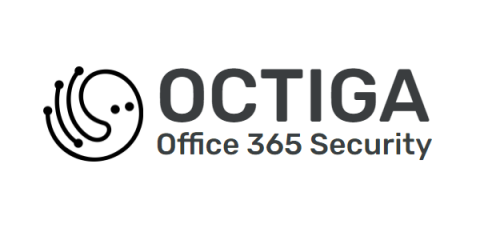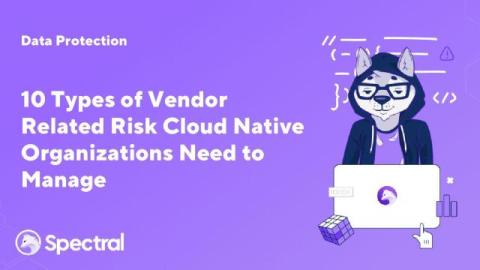The importance of campus security awareness programs: Fostering a safe learning environment
Imagine walking from the campus library to your hostel late one evening, deeply engrossed in thoughts about your upcoming exams. Suddenly, you hear footsteps behind you. It's at the allay where two students were attacked a few weeks ago, and one is still in critical condition. You sense something sinister is about to happen, and your instincts kick in. Your muscles tighten, your hair stands on end, and adrenaline is released to prepare you for flight or fight. This scenario and the primal responses involved can be unpleasant and unsettling, justifying the need for campus security awareness programs in today's educational landscape.











